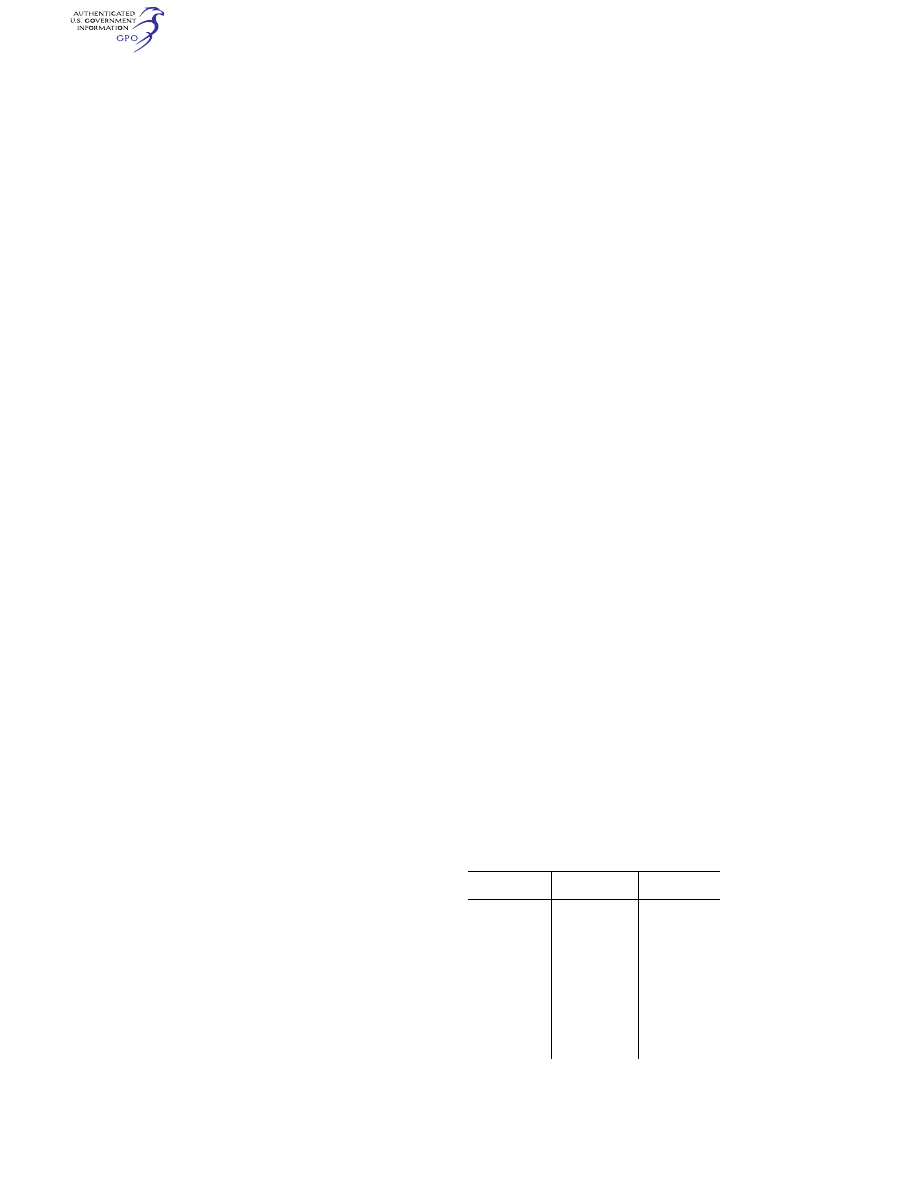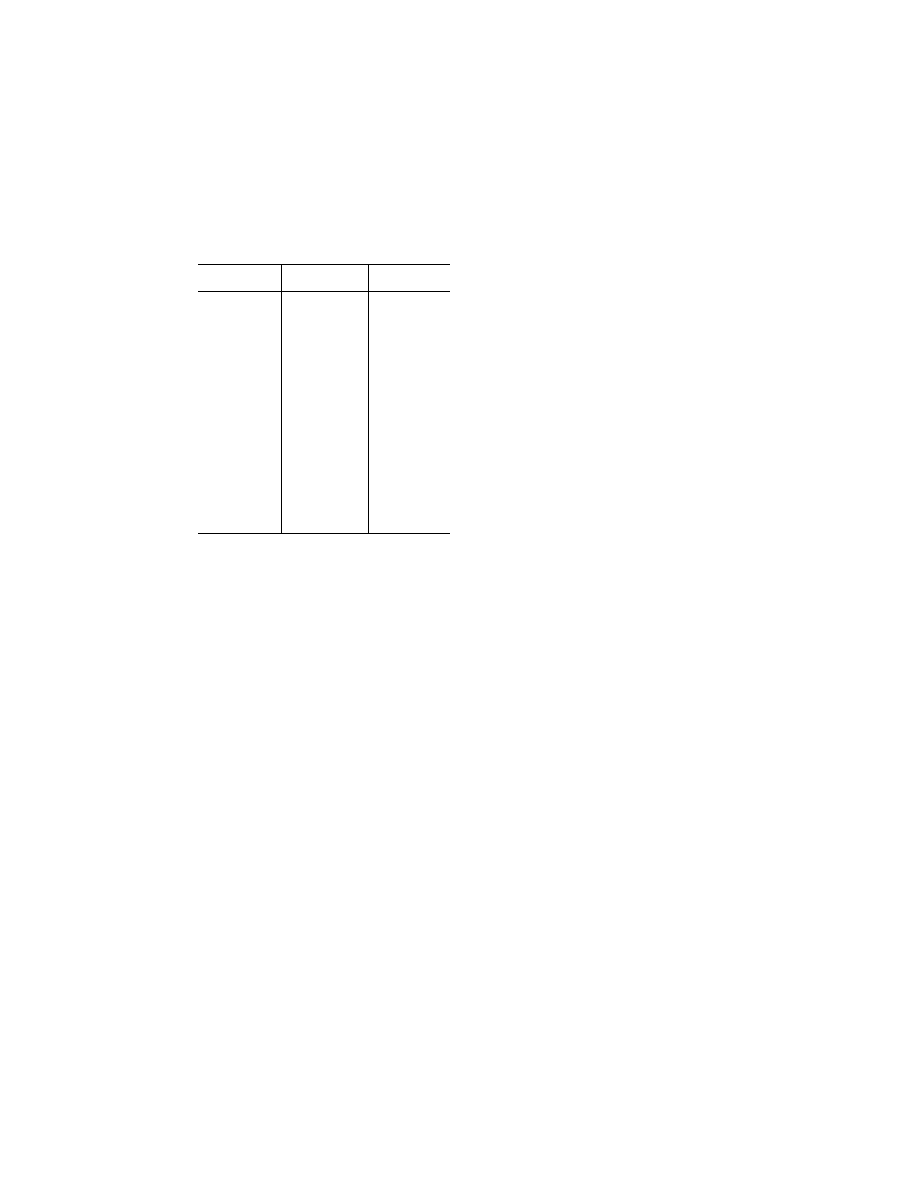
893
Federal Aviation Administration, DOT
§ 103.23
Subpart B—Operating Rules
§ 103.9
Hazardous operations.
(a) No person may operate any ultra-
light vehicle in a manner that creates
a hazard to other persons or property.
(b) No person may allow an object to
be dropped from an ultralight vehicle if
such action creates a hazard to other
persons or property.
§ 103.11
Daylight operations.
(a) No person may operate an ultra-
light vehicle except between the hours
of sunrise and sunset.
(b) Notwithstanding paragraph (a) of
this section, ultralight vehicles may be
operated during the twilight periods 30
minutes before official sunrise and 30
minutes after official sunset or, in
Alaska, during the period of civil twi-
light as defined in the Air Almanac, if:
(1) The vehicle is equipped with an
operating anticollision light visible for
at least 3 statute miles; and
(2) All operations are conducted in
uncontrolled airspace.
§ 103.13
Operation near aircraft; right-
of-way rules.
(a) Each person operating an ultra-
light vehicle shall maintain vigilance
so as to see and avoid aircraft and shall
yield the right-of-way to all aircraft.
(b) No person may operate an ultra-
light vehicle in a manner that creates
a collision hazard with respect to any
aircraft.
(c) Powered ultralights shall yield
the right-of-way to unpowered ultra-
lights.
§ 103.15
Operations over congested
areas.
No person may operate an ultralight
vehicle over any congested area of a
city, town, or settlement, or over any
open air assembly of persons.
§ 103.17
Operations in certain air-
space.
No person may operate an ultralight
vehicle within Class A, Class B, Class
C, or Class D airspace or within the lat-
eral boundaries of the surface area of
Class E airspace designated for an air-
port unless that person has prior au-
thorization from the ATC facility hav-
ing jurisdiction over that airspace.
[Amdt. 103–17, 56 FR 65662, Dec. 17, 1991]
§ 103.19
Operations in prohibited or
restricted areas.
No person may operate an ultralight
vehicle in prohibited or restricted
areas unless that person has permis-
sion from the using or controlling
agency, as appropriate.
§ 103.20
Flight restrictions in the prox-
imity of certain areas designated by
notice to airmen.
No person may operate an ultralight
vehicle in areas designated in a Notice
to Airmen under § 91.137, § 91.138,
§ 91.141, § 91.143 or § 91.145 of this chap-
ter, unless authorized by:
(a) Air Traffic Control (ATC); or
(b) A Flight Standards Certificate of
Waiver or Authorization issued for the
demonstration or event.
[Doc. No. FAA–2000–8274, 66 FR 47378, Sept.
11, 2001]
§ 103.21
Visual reference with the sur-
face.
No person may operate an ultralight
vehicle except by visual reference with
the surface.
§ 103.23
Flight visibility and cloud
clearance requirements.
No person may operate an ultralight
vehicle when the flight visibility or
distance from clouds is less than that
in the table found below. All operations
in Class A, Class B, Class C, and Class
D airspace or Class E airspace des-
ignated for an airport must receive
prior ATC authorization as required in
§ 103.17 of this part.
Airspace Flight
visibility
Distance from
clouds
Class A .................
Not applicable ......
Not Applicable.
Class B .................
3 statute miles ......
Clear of Clouds.
Class C .................
3 statute miles ......
500 feet below.
1,000 feet above.
2,000 feet hori-
zontal.
Class D .................
3 statute miles ......
500 feet below.
1,000 feet above.
2,000 feet hori-
zontal.
Class E:
Less than
10,000 feet
MSL.
3 statute miles ......
500 feet below.
1,000 feet above.
2,000 feet hori-
zontal.
VerDate Sep<11>2014
14:00 Mar 14, 2024
Jkt 262047
PO 00000
Frm 00903
Fmt 8010
Sfmt 8010
Q:\14\14V2.TXT
PC31
aworley on LAPBH6H6L3 with DISTILLER
